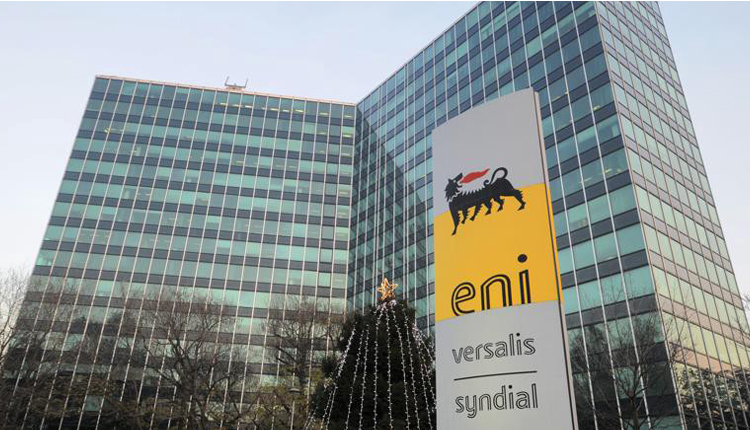Italy’s Eni said on Tuesday it has started gas production from the Baltim South West field offshore Egypt, with output at an initial rate of 100 MMcf/d (2.8 million cubic metres per day).
The startup comes just 19 months after Eni took the final investment decision on the project and boosts further the Italian company’s gas production in Egypt, where it operates the supergiant Zohr field.
Eni said volumes produced by Baltim South West would further contribute to Egypt’s gas export capacity, which could be as much as 15 Bcm/year by the start of 2020.
The development program for Baltim South West foresees the drilling of a further five wells at the field with the objective of achieving a production target of 500 MMcf/d by the second quarter of 2020.
The quick time from sanction to first gas “further confirms the success of the strategy adopted by Eni … in pursuing a fast-track approach to development projects,” it said in a statement.
Baltim South West is located in shallow waters 12 km off the Mediterranean coast of Egypt in the Baltim South development lease. It lies 10 km from the Nooros field, but still within the Great Nooros area.
“This is an area in which Eni first recognized great gas production potential and where it is conducting other new exploration projects,” the company said.
With the startup of the first well — BSW1 — the field is producing at an initial rate of 100 MMcf/d from a new offshore platform connected to the existing onshore Abu Madi Gas Plant through a 44 km pipeline.
The overall gas potential from the Great Nooros area is approximately 3 Tcf of gas in place, of which about 2 Tcf is in the Nooros field and the remainder in Baltim South West.
Eni, through its subsidiary IEOC, has a 50 percentinterest in Baltim South West, while BP holds the remaining 50% interest of the contractor’s stake in the development lease.
Zohr production rise
The start of production at Baltim South West comes as Eni last month increased production at Zohr to 2.7 Bcf/d (76 million cu m/d), five months ahead of schedule. The company said output could now rise to a plateau rate of 3.2 Bcf/d (91 million cu m/d) by year-end.
The new production peak — the equivalent of around 33 Bcm/year — would represent more than half of Egypt’s current gas demand of around 62 Bcm/year.
Zohr started production in December 2017 — just 28 months after its discovery — helping Egypt to become self-sufficient in gas and to resume regular LNG exports.
Since the start of 2019, the Idku LNG export facility has shipped around 30 cargoes of LNG carrying a total of around 3.2 Bcm of gas. That compares with some 20 cargoes shipped in 2018, carrying 1.9 Bcm of gas.
Total output
Egypt currently produces a total of around 7 Bcf/d — of which Zohr accounts for more than a third — and production is expected to rise to 7.5 Bcf/d by end-2019 with the Zohr increase.
Production of 7.5 Bcf/d is the equivalent of 77 Bcm/year — meaning Egypt has around 15 Bcm/year of surplus gas for the export market once it has met its domestic consumption needs.
It is also set to start imports of Israeli gas by end-2019 that it can use for domestic use or to add to the growing export surplus.
Egypt’s other LNG export plant at Damietta is also expected to resume operations toward the end of 2019.
Egypt — which traditionally was a fairly stable exporter of both LNG and pipeline gas — began importing LNG in April 2015 to fill a growing supply-demand gap caused by a major slowdown in domestic gas development.
Source: S& P Global Platts



